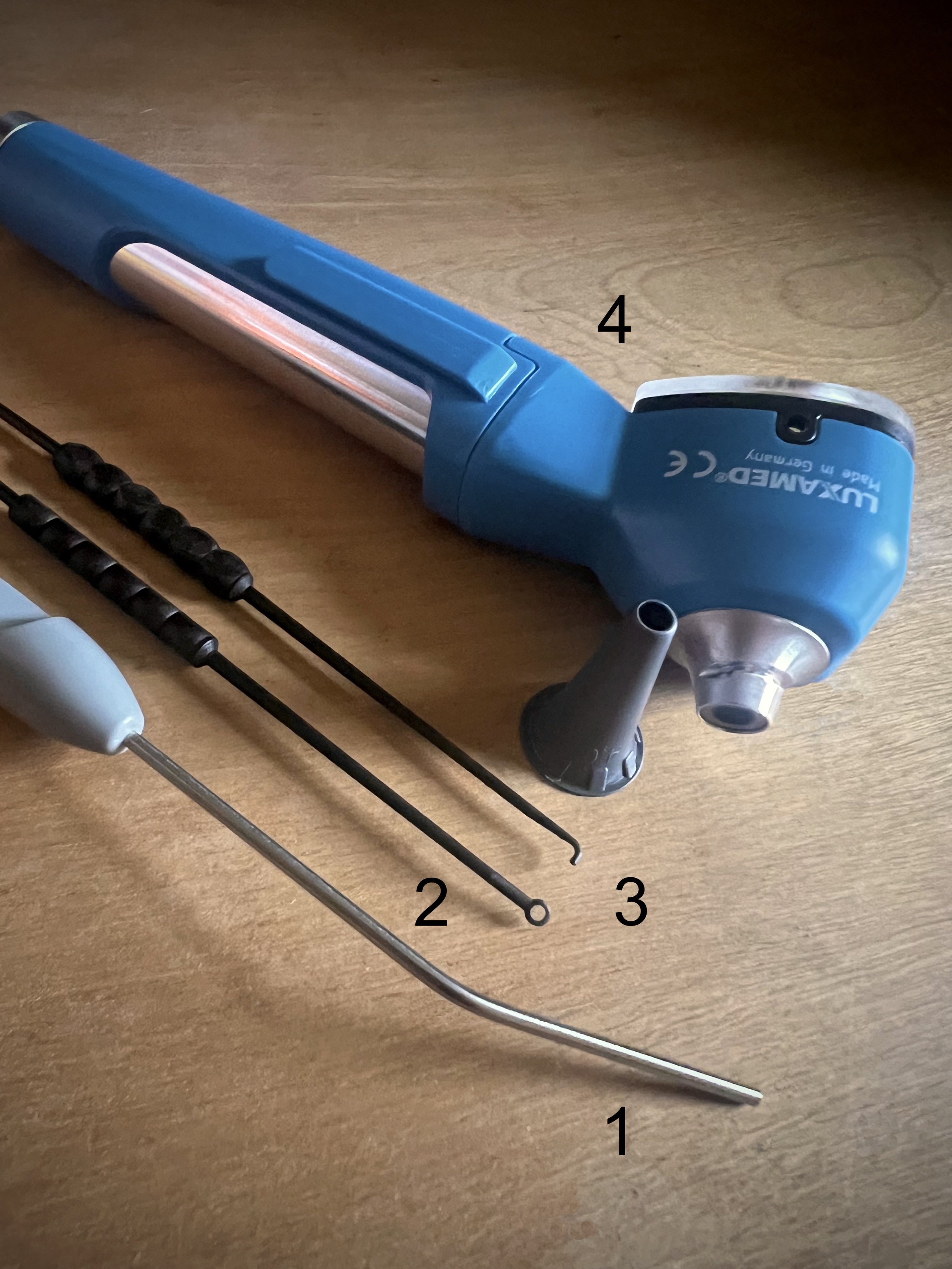Earwax - what you often ask
You often have questions about earwax. Here are some answers.
What is Earwax?
Earwax is a naturally-occurring substance formed from oils, dead skin from the ear, and other matter that enters the ear canal. Normally, over time this migrates out of the canal and falls away because the ear should be self-cleaning. For some people this doesn’t happen as well as it should. People prone to earwax build-up can include those who wear hearing aids, use cotton buds in their ears (please do not do this), regularly use in-ear earphones or earplugs, or those with historic issues with wax build-up because of past surgery or infections, the shape, or condition of their ear canal.
Microsuction vs Irrigation
Please note: In Peterborough & Cambridgeshire ICS area, microsuction is not commissioned from GP providers. This means your doctor is not paid to provide this service, the only option they have being irrigation. It is therefore unlikely your doctor will be able to provide microsuction earwax removal on the NHS.
Water irrigation, either by syringe or using a special pump, was once the default method for wax removal and was commonly used by doctors and nurses. Since it relies on the water pressure deflecting off the eardrum to push the wax free, it does come with risks of perforating (making a hole in) the eardrum, or if there is an existing perforation pushing wax or other matter into the middle ear. Neither scenario is without pain and risk of infection.
Microsuction instead uses a vacuum delivered by a narrow tube to suck the wax away, and reduces the risks associated with earwax removal considerably. The tube is very narrow - 2mm - and easy to insert into the ear. To help, we use a specialised camera or microscope to safely view inside the ear canal while removing wax.
Manual Removal
Sometimes, microsuction is not enough, and manual removal is also used. This uses small plastic tools to carefully scoop out stubborn wax. These include the Jobson Horn (an angled loop used to carefully lift wax from the canal wall) and St Barts Hook (used to pull forwards larger lumps of wax from easier removal)
It should be noted that no procedures are completely without risk however microsuction is the safest option currently available.
Zoellner Suction Tube (2mm diameter)
Jobson Horn (Manual removal)
St Barts Wax Hook (Manual removal)
Otoscope and speculum (Used to inspect ear before and after wax removal)

